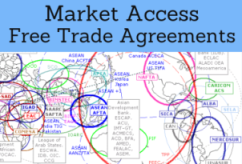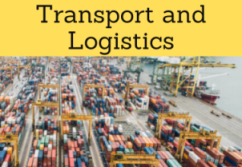U.S.-Panama Free Trade Agreement
Benefits of the United States-Panama Trade Agreement. Labour protection
- Introduction to the United States-Panama Agreement
- Benefits of the United States-Panama Trade promotion Agreement
- International Trade United States-Panama
US-Panama Free Trade Agreement (FTA)


The Subject “United States-Panama Free Trade Agreement” is included within the curriculum of the following academic programs at EENI Global Business School:
Masters: International Business, Foreign Trade.

Languages:  or
or  USA Panama
USA Panama  Etats-Unis.
Etats-Unis.


United States-Panama Free Trade Agreement
The United States-Panama FTA is a free trade agreement that can result in a substantial Foreign Trade Liberalization in goods and services, including financial services.
- 87% of the United States exports of consumer and industrial products to Panama will become duty-free instantly (with remaining Tariffs eliminated over ten years)
- In 2011, a Tax Information Exchange Agreement went into effect between the United States and Panama
- The United States industrial export products face an average tariff of 7% in Panama (some tariffs as high as 81%)
- The United States agricultural export products face an average tariff of 15% (some tariffs as high as 260%)
- The United States-Panama Free Trade Agreement (FTA) guarantees the access to the services market of Panama (20.6 billion dollars): financial sector, telecommunications, computer, international distribution, express delivery, energy, environmental, and professional services
- The strategic location of Panama as a major shipping route also enhances the importance of the United States-Panama Agreement
- 66% of the annual transits of the Panama Canal are bound to or from the United States sea ports
The United States-Panama Free Trade Agreement includes important disciplines relating to:
- Customs administration
- Trade Facilitation
- Technical Barriers to Trade (TBT)
- Government Procurement
- Foreign Direct Investment (FDI)
- Telecommunications
- E-commerce
- Intellectual Property Rights (IPR)
- Labour and environmental protection
Panama belongs to the Hispanic American Economic Area and the United States to the North American area (Western Civilization).
(c) EENI Global Business School (1995-2025)
Top of this page











 WhatsApp
WhatsApp